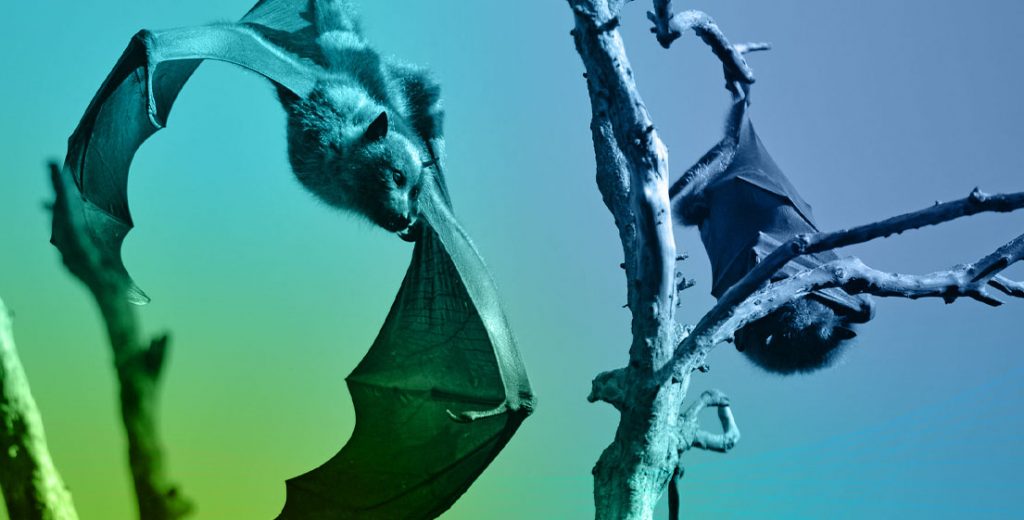Autumn – March, April and May – in northern parts of Australia is often marked by increasing flying- fox activity, as they fly to feed on the nectar of flowering melaleuca and eucalypts.
This pattern varies, depending on the flying-fox species (Spectacled, Grey-headed, Little Reds and Black flying- foxes) and the seasonal flowering. Flying-foxes and bats are in the top ten on the Australian Transport Safety Bureau’s most struck species list, so it pays to have a good understanding of species behaviour in your area.
Knowing the seasons and the reasons, doing regular flowering, airside transit and roost monitoring over time will help you understand the potential strike hazard better. Alexandra Stone, Avisure senior wildlife biologist, says ‘long-term monitoring with our clients has helped identify the key hotspot times (e.g. Mar-May for one Queensland client, and April-May for a northern NSW client), and has helped identify what influences activity (e.g. flowering of certain species, food availability and human intervention, etc). Using that data, the airport knows when to expect an increased hazard, when to have additional resources in place to mitigate the risk, and when to notify stakeholders accordingly.’
‘One client’, Stone says, having identified the peak hazard months, ‘monitors from March, and does twice daily counts at last light and before first light daily’. This year, there has been lower flowering around the airport; the fewer melaleuca and eucalyptus blossoms correspond to lower numbers of flying-foxes airside. At another Queensland site, ‘we are still seeing high activity as Little Reds and Black Flying-foxes roost around the airport’.
Working with clients across the eastern seaboard, Avisure now has monitoring data of at least three-plus years, with data for some clients extending from 5–10 years. Some include flying-fox roost and airside transit monitoring, while some are roost only, or airside transit data only. Stone says it will be interesting to see whether their data trends for the southern Gold Coast and northern NSW show changes following the Tweed Shire Council’s restoration of 6 hectares of Grey-headed flying-fox habitat in the Tweed. The Grey-headed flying-fox is listed as a vulnerable species in NSW and under the federal Environment Protection and Biodiversity Conservation Act, so ‘it is a great initiative for conservation, but we are monitoring carefully for the impact to aviation’.
If you don’t have a wildlife hazard management consultant to engage with, liaise with your local council to find out who does regular flying-fox monitoring in your region. The national flying-fox monitoring program means state and local governments would have to monitor to provide data for the program, or at least find out who the federal contact is for local monitoring.
Last, but not least, don’t forget Avicast, Avisure’s podcast series, which provides helpful, expert advice on all aspects of wildlife hazard management. Some months ago, in a special flying-fox episode, ‘How to manage flying-foxes’, Avicast’s host, Kylie Patrick discussed ways of managing these unique creatures with Dr Jeff McKee, Avisure’s Director of Research and Development. You can find links to all episodes on Avisure’s website; download them from the App Store or Google Play/Google Podcasts; or listen to them from your preferred podcast platform.




